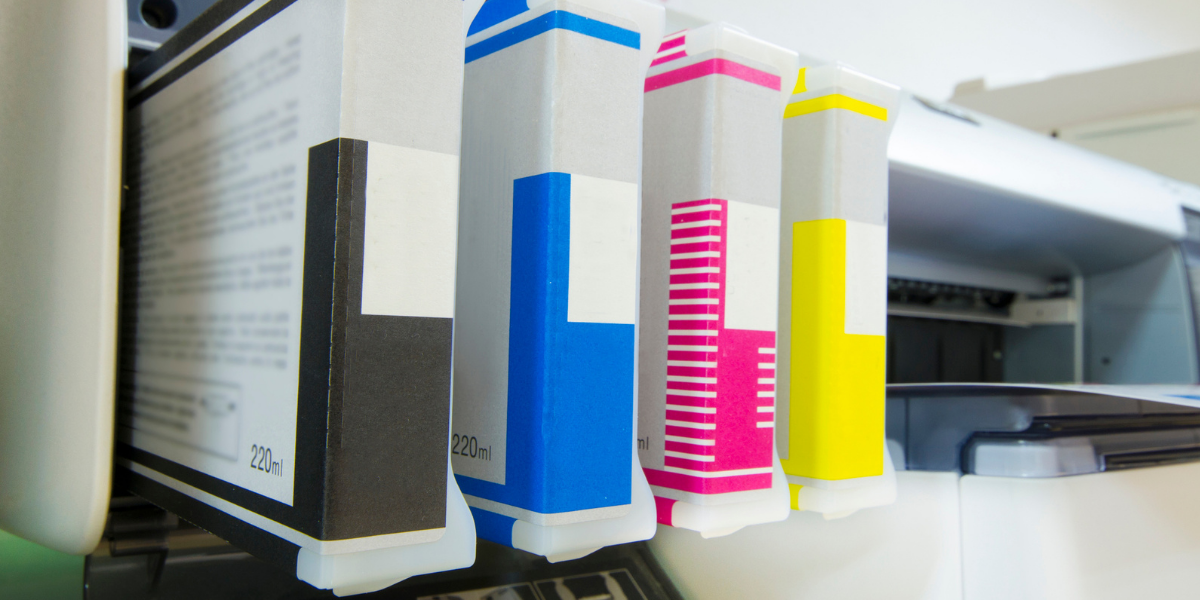A Brief History of Inkjet Printer Technology
Inkjet printers are the most commonplace of all. They might be slightly expensive but for the value and quality they provide, it’s easy to call them worth every buck. Inkjet printers excel in versatility and color combination – something that laser printers lack. Laser printers are relatively faster. Inkjet printers have relatively much better image quality and color reproduction.
The versatility aspect is often downplayed when discussing printers. Inkjets are very versatile in that they can be used to print on a variety of media – paper types and sizes.
Let’s delve deeper into the fascinating history of inkjet printers.
The Invention of the Inkjet Printer
Inkjet printing as a concept was first worked on and refined back in the 50s. By the late 1970s, we already had inkjet printers that could print out computer-generated images or pictures with quite the clarity.
Epson, HP, and Canon can all be deemed to have contributed to the invention of the inkjet printing technology in a phase-by-phase manner.
The fact that inkjet printers will phase out dot-matrix printers was known much before inkjets were circulating voluminously. The key challenge that Epson, HP, and Canon all faced was making this technology economically feasible.
If people couldn’t buy the inkjet printers, then there’s little point to their revolutionary nature.
That’s why it took inkjets more than a decade of perfection and improvement before they could finally hit the market. Apart from financial feasibility, the researchers at Canon and HP also faced some technical challenges such as controlling the flow of the ink from the print head on the paper, while preventing the print head from becoming clogged up with dried ink.
As it turns out, the belief that no challenge is great enough if you put the finest minds on it is equally true in the printer manufacturing world. The first inkjet printers appeared on the market by the late-1980s.
The Development of New Designs
We’re very far from the market becoming saturated with a single type of inkjet technology.
For example, initially, IBM developed a type of inkjet printer that used electrically charged droplets that would coat the page with ink. It was a very quick process to get prints, but it also wasted a ton of ink, so to speak.
These printers are still used in industrial applications – such as printing direct mail or labeling cartons. The design that caught on with consumers, however, was the Siemens-designed inkjet from 1977. This design sprayed ink only where needed.
Although effectively slower than those that could print continuously, these were less expensive and therefore, ideal for the everyday user or the small office setup.
By the 90s, the market was brimming with inkjets based on drop-on-demand technology. A majority of these drop-on-demand printers were made by HP, Lexmark, and Canon.
These models used thermal technology that pushed ink out of the print head. Epson also had a fairly decent share of the market, and its printers used a technology called piezo electric that pretty much did the same thing.
Did you know that one of the first few commercially successful printers, the HP DeskJet, cost $1,000 back in 1988? We’ve surely come a long way since then.
Overcoming Initial Challenges and Improving the Core Technology
The first business inkjet from HP was introduced in 1998. It was the HP 2000C. The market applauded this efficient and fast printer, which was soon adopted by large numbers of corporations.
This is also nearly the point in time when offices started getting interested in inkjet technology in general and started to discover its efficiency.
With the beginning of the 21st century, companies manufacturing commercially viable inkjet printers continually improved the core technology; made the printers more convenient and efficient; and overcame the technical challenges that were still present.
All this led to more competitive pricing for consumers and offices.
We can divide the time period between 2000 and 2016 into three important segments.
- In the first 3-4 years, inkjet technology was still fairly nascent in terms of adoption. The technology was improved further since what we had in the 80s and the 90s. Cutting-edge products such as Canon’s N1000 and N2000 series and HP’s Business Inkjet 3000 were popular office-class printers.
- The next 3-4 years were mainly devoted to adding new features. By this time, inkjet printers already had a great share of the market, and experimentation and innovation took over incremental improvement and marketing. Better image quality, better production value, increased cost-effectiveness, multi-functional prints, and better line head technologies are all the innovations of this period.
- From around 2009 to 2016, inkjet printers steadily became the industry standard. PWA-based printing (such as in the Epson WorkForce line or the HP Officejet Pro X) made this foothold even stronger. This is also where inkjet printers became commercially cost-effective to the point of being the most lucrative option for printing quality images in offices.
Becoming the Industry Standard for Printers
By the end of the 2010s, inkjet printers were already becoming the go-to for any and all office printing needs. This was compounded by more features being incorporated in the printers.
Inkjet technology quickly became a staple of the office. By the mid-2010s, we already had offices struggling with the print volume capacities of inkjet printers.
Though companies continue to improve their inkjet printers with ever-decreasing production waste and maintenance costs, inkjet printers are still not capable of handling larger volumes and that’s a problem.
Soon afterward, slowly but steadily, Epson cornered the inkjet market. It had a few things going for it, such as:
- Epson had an inkjet for every niche and use you could imagine – mono inkjets, color inkjets, replaceable ink pack system inkjets, MFPs, and even enterprise inkjets. Epson was quicker on the uptake that inkjets would be the future than many.
- Epson was also an early adopter of wireless technology. Wirelessly networked printers were a godsend for many workplaces that struggled with space and equipment management issues.
- Epson has always been a high-quality offering, a brand that believes in end-to-end manufacturing from patent to delivery.






